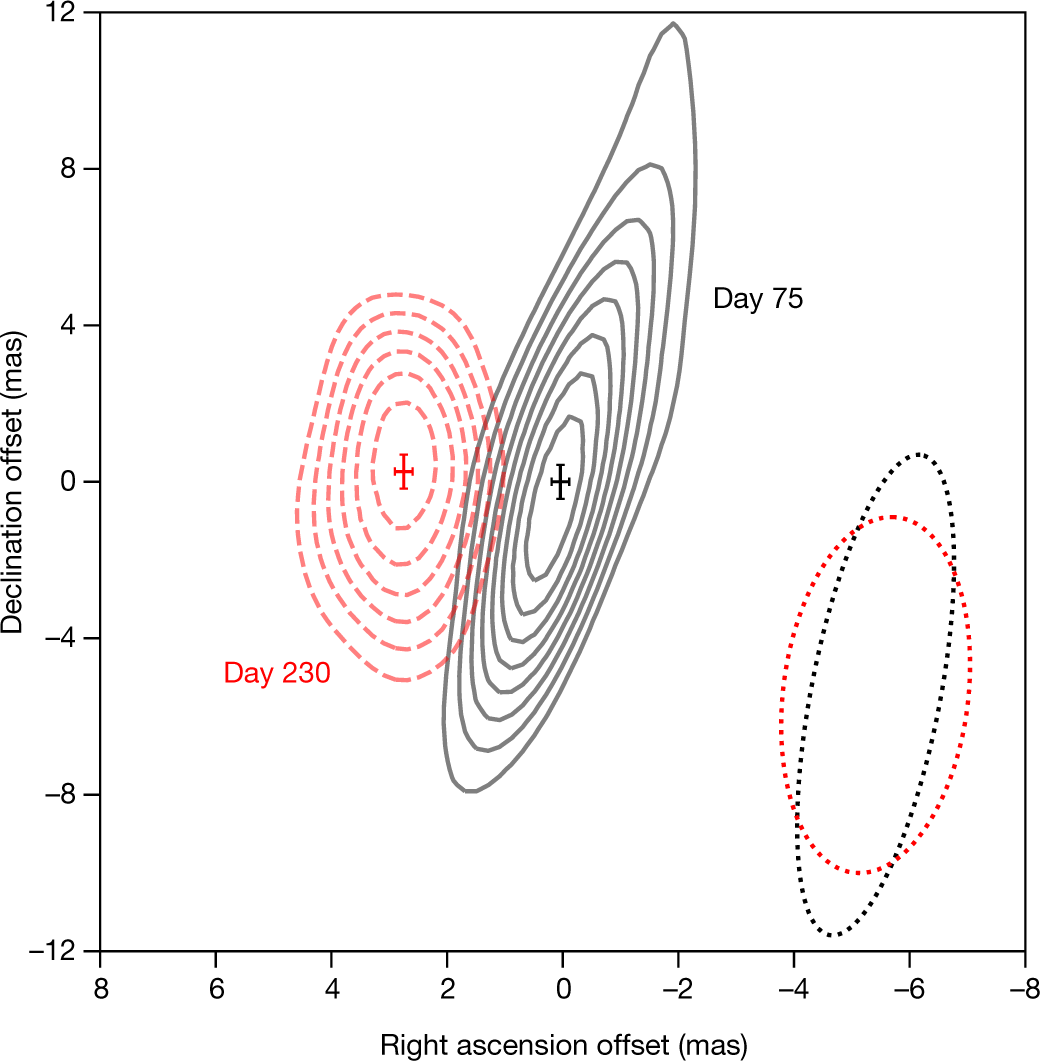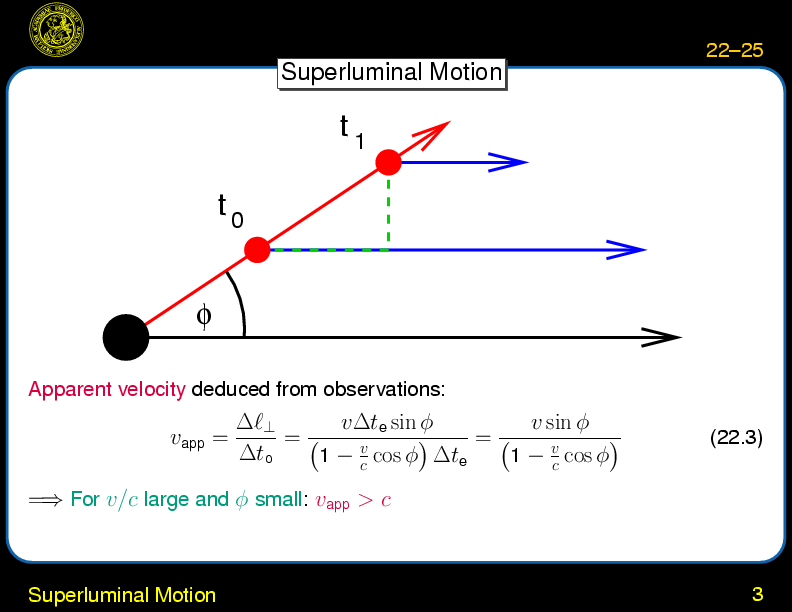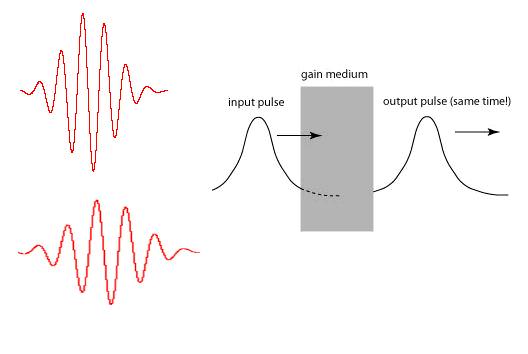
The explanation for the apparent superluminal motions seen in the cores of some. in Superluminal Radio Sources (eds Zensus, J. Does the explanation for superluminal motion in some quasars work for.

of Physics, New York, 1994).Ĭastro-Tirado, A. in Galactic and Extragalactic Radio Astronomy (eds Verschuur, G. in Superluminal Radio Sources (eds Zensus, J. Because of its relative proximity, this superluminal microquasar may offer the best opportunity to gain a general understanding of relativistic ejections seen elsewhere in the Universe. Results from imaging jets in the quasars 3C207 and 3C245 using data. Very Long Baseline Interferometry (VLBI), which is needed to observe these distant objects at a high resolution, as well as data reduction and imaging techniques are discussed in. The optical, infrared and X-ray properties 4,5 of the counterpart suggest that the source is either a neutron star or a black hole that is ejecting matter in a process similar to, but on a smaller scale than that seen in quasars. apparent superluminal motion and relativistic beaming are discussed in Chapter II. Here we present observations of the first apparent superluminal motion ever detected in a source within our own Galaxy. But the extreme distance of the objects observed so far introduces many uncertainties into this interpretation 3.

The accepted explanation is that clouds of plasma are ejected in opposite directions from the central source at speeds close to (but less than) that of light, and that relativistic effects lead to the apparent superluminal motion 2. These components move away from the central sources (generally thought to be super-massive black holes) at rates that seem to imply velocities greater than c.

APPARENT velocities greater than the speed of light (superluminal motion) have been inferred for radio-emitting components in a number of distant quasars and active galactic nuclei 1.


 0 kommentar(er)
0 kommentar(er)
